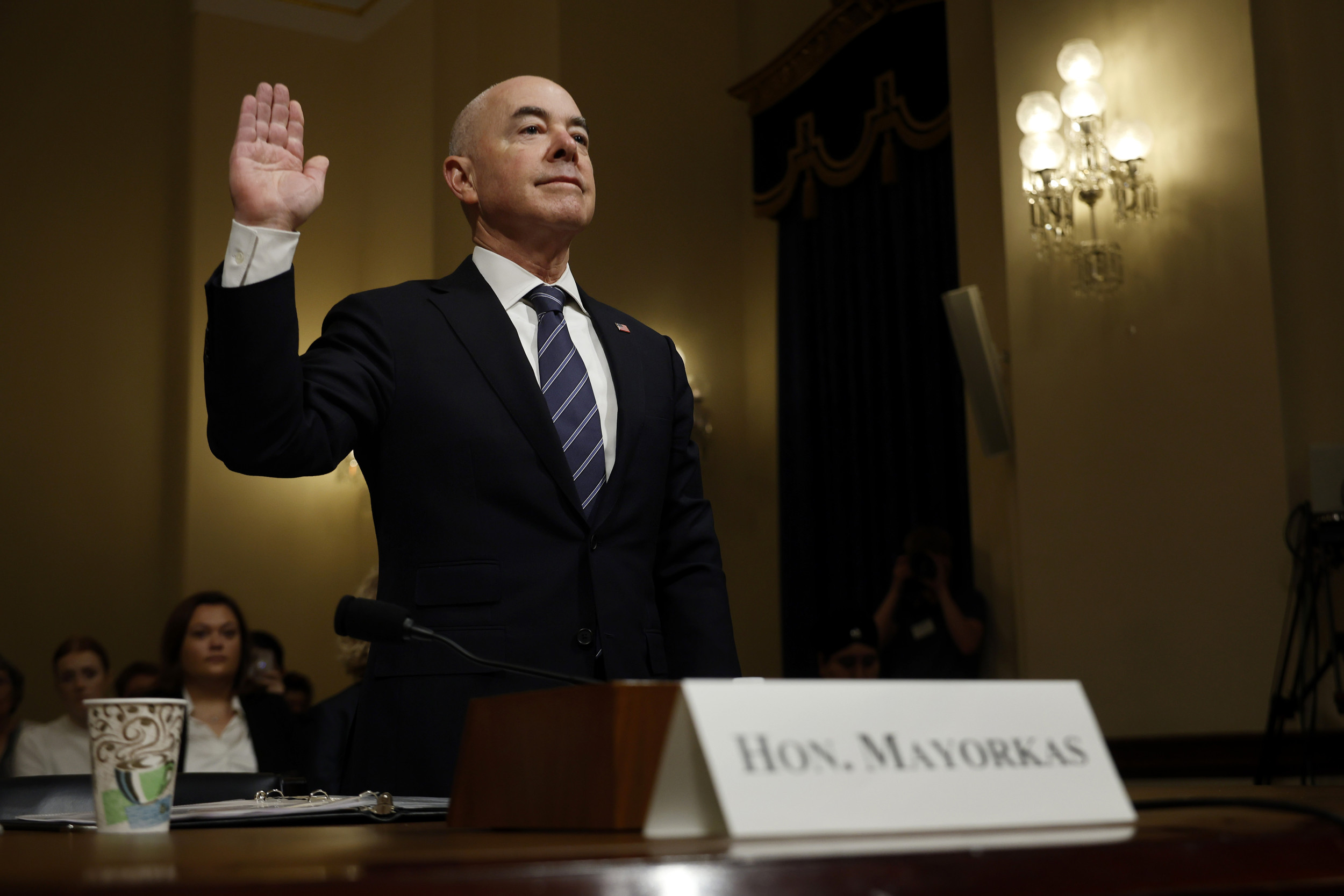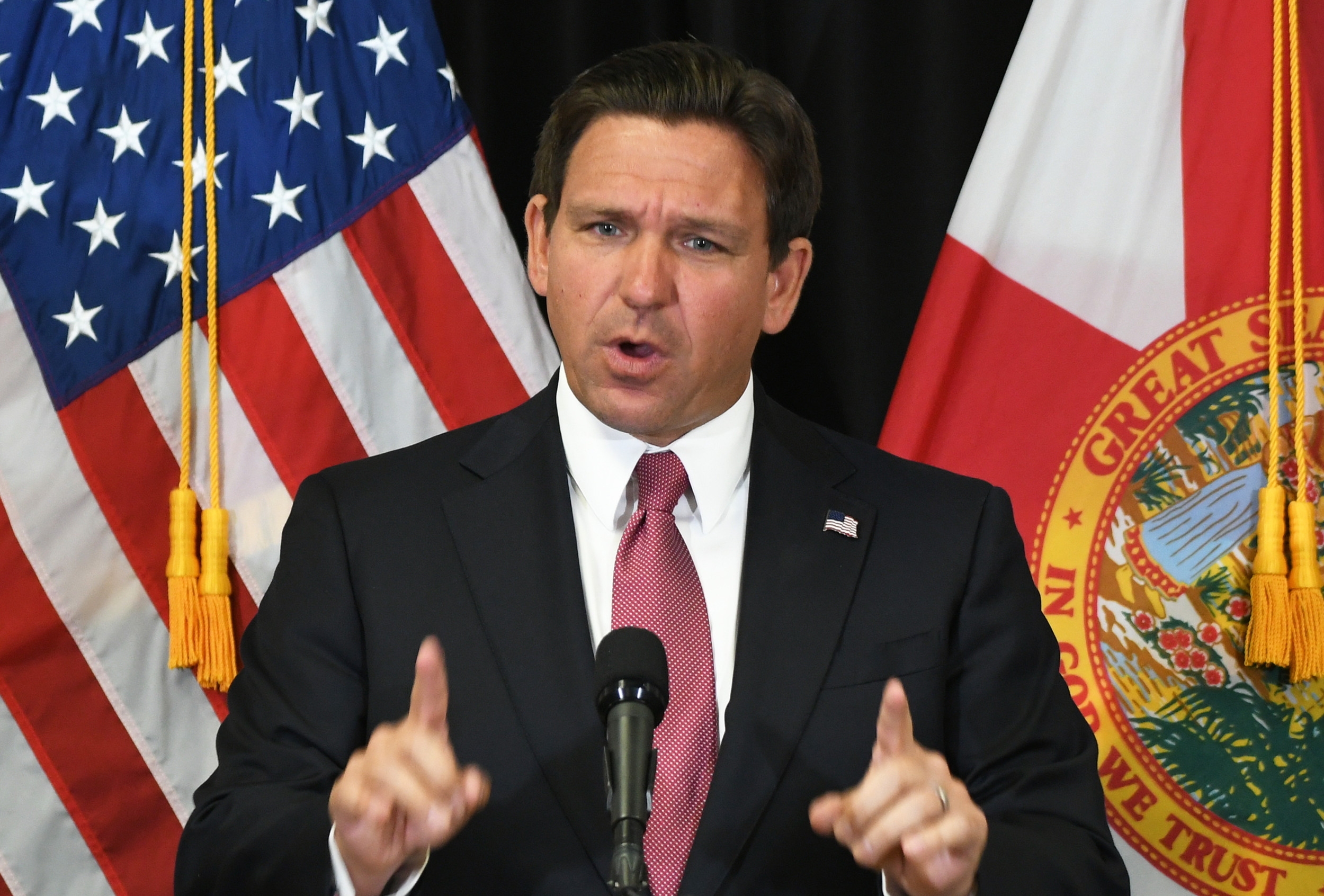
California has an unemployment rate of more than 12 percent. Most economists would tell you that the Golden State's next step is very simple: the government needs to step into the breach and spend money in order to get the economy moving again. But California's government isn't doing that. Instead, they're raising taxes and cutting services. That is to say, they're cutting jobs and taking money that businesses could use to create more jobs. It's like bailing water into the boat rather than out.
They're not doing this to be cruel. Their budget is in terrible shape, and their constitution doesn't allow them to deficit spend. But in an effort to do right by their budget, they're doing wrong by their economy. And they're not alone. Some 46 states are facing budget gaps that will require them to cut spending or raise taxes (Vermont is the only state in the union that can run a deficit). The Center for Budget and Policy Priorities estimates that in 2011, the states will have to make up a total of $180 billion. This fiscal massacre at the state level is only just starting to attract notice at the federal level. But it's a huge deal, the equivalent of a massive anti-stimulus being conducted by the states and which some experts believe has overwhelmed the $787 billion stimulus passed by the federal government in 2009.

Bruce Bartlett is a conservative economist who worked for Ronald Reagan, George H. W. Bush, and Jack Kemp, among others. So he's not normally a fan of more government spending. But then, these are not normal times. "When the history of the current crisis is written, much of the blame will be placed on the sharp fiscal contraction of state and local governments," he says. "I think economists will view this as a preventable error equivalent to the Fed's passive shrinkage of the money supply in the early 1930s."
His argument goes to the very role of stimulus in the economy. People understand perfectly well that boom times feature economies that seem to be better than they really are. But the reverse is true for busts: They're worse than they actually need to be. In a recession like the one we're in, there's a lot of labor and productive capacity (machines, shopfloors, etc.) that could be working, but aren't. That's because the economic scare of 2007 has left businesses and families cowering. They don't know what to expect in the future, so they spend less now. The role of the government is to take their place and keep the economy moving until they feel comfortable consuming again.
That's what the federal stimulus was supposed to do. It might have been too small, and there's plenty to argue over in its composition, but most private analysts think it did essentially what it promised: IHS Global Insight, Macroeconomic Advisers, and Moody's Economy.com all estimate it created around 2.5 million jobs. The problem is that it wasn't alone.
Unlike the federal government, most states can't deficit spend. So when the economy crashed in 2007, they went down with it. First, their tax revenue dried up because their residents got a lot poorer. Second, some of their expenses went up because there were more unemployed people who needed help. The states with the most responsible budget practices had reserve funds and tricks that could hold them over for one year, and maybe even two. But three years in, they're all up against the wall. And because they can't deficit spend, they're cutting services and raising taxes. Using the data we have from 2009 and 2010, and then projecting for 2011 and 2012, the Center for Budget and Policy Priorities expects the total state shortfall will amount to $610 billion.
That's almost as big as the stimulus, and because every dollar of it has to be offset, while not every dollar of the stimulus got spent, it might, in the end, wipe out the federal stimulus completely. Or you can think about it in reverse: Nick Johnson, who directs the State Fiscal Project at CBPP, says that "the effect of the federal stimulus was to wipe out the negative effect of the state contraction."
Either way, the net stimulus from government spending has been a lot less than most of us think it was. Worse, the federal stimulus money is going to thin dramatically this year, but the state budget problems are sticking around. And with unemployment sitting stubbornly at 9.7 percent, we're not in any shape to let the federal stimulus peter out and the state anti-stimulus drag us down.
That means that the federal government has to step in with aid for the states. The Obama administration has asked for about $50 billion for 2011, but most experts I spoke with thought they'd really need about twice that. The trick, however, is that you don't want to reward profligate spending under the cover of mitigating an economic disaster. And helping states solely on the size of their budget holes would do exactly that. All things being equal, a fiscally-responsible state would get less than a fiscally irresponsible state. California really has made bad budget decisions in recent years, and it's understandable that residents of other states don't want to just bail them out.
The best idea I heard for getting around this was to apportion the aid based on labor conditions. In general, whether unemployment is at 4 percent (as in North Dakota) or 14 percent (as in Michigan) has less to do with state government than broader economic factors. If you tied the aid to, say, payroll data, you could help the states who were hit hardest by the economic storm while at least partially avoiding simply helping the states that have spent too much. California would get help under this plan, but it would be tied to the size of their economic problems, not the size of their budget deficit.
Finally, state and local aid happens to be an uncommonly effective form of stimulus. The difficulty with most stimulus spending is that not all of it gets spent. Tax breaks, for instance, often get saved. Mark Zandi, the chief economist for Moodys.com, estimates that cutting the corporate tax rate only gets you 32 cents in stimulus for every dollar you spend on it. That's not the case with state and local aid. When you're plugging state budget gaps, you know that money will be spent, because it was being spent before, and usually on something that the state's residents actually wanted. Zandi estimates that every dollar spent on it actually gets you $1.41 in stimulus. It's the best anti-anti-stimulus you could ask for.
Uncommon Knowledge
Newsweek is committed to challenging conventional wisdom and finding connections in the search for common ground.
Newsweek is committed to challenging conventional wisdom and finding connections in the search for common ground.
About the writer
To read how Newsweek uses AI as a newsroom tool, Click here.








